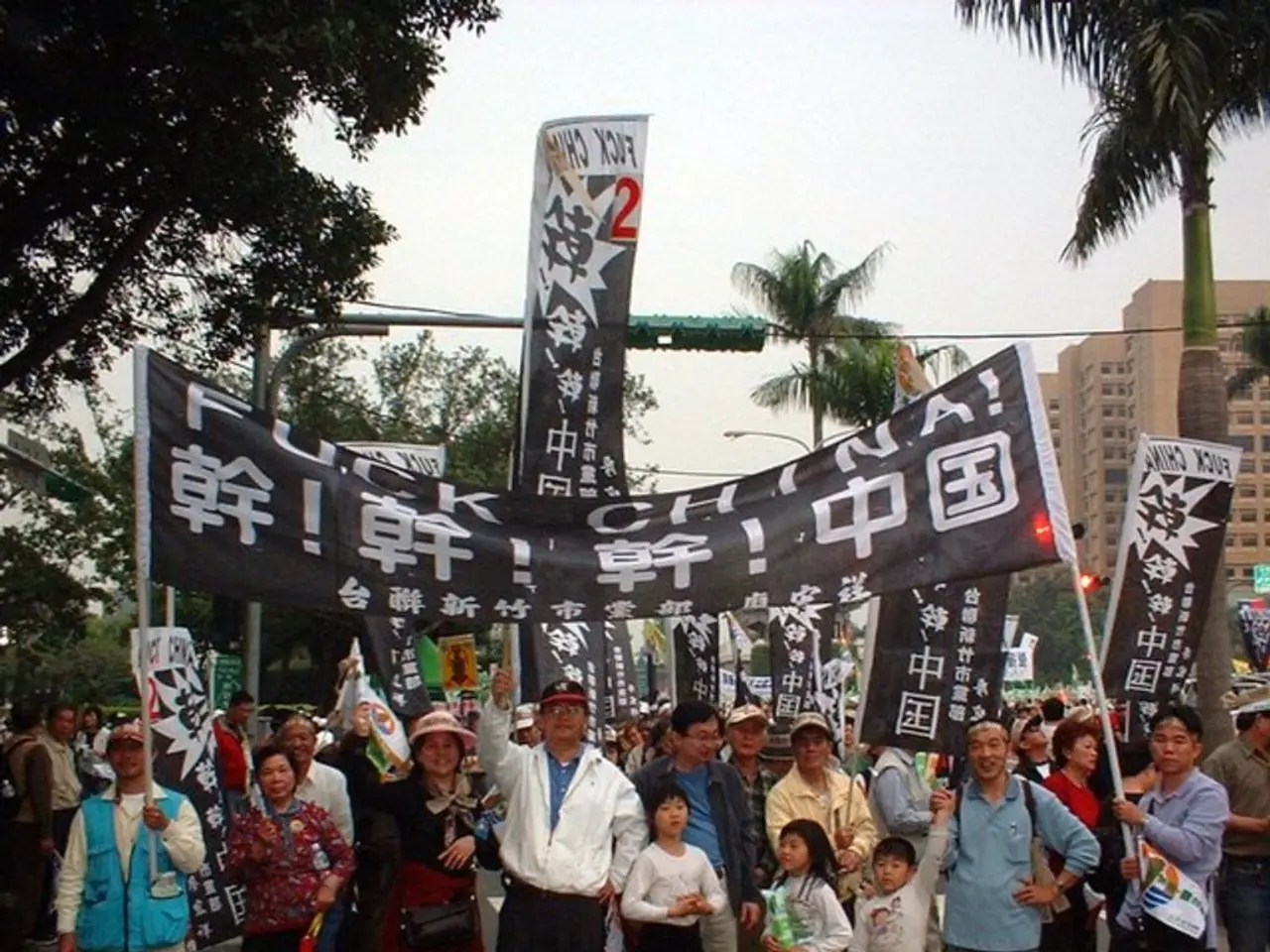After the negotiations between the United States and China conclude without a trade agreement, the following steps for both nations remain uncertain.
The ongoing trade negotiations between the United States and China are marked by a strategic dance over critical materials and technologies, with tariffs and broader technology competition at the heart of the standoff.
China, accounting for 30% of global manufacturing exports, holds a significant share of the global supply of rare earth materials, essential for many high-tech industries. This dominance serves as a strategic bargaining chip, giving China leverage to pressure the US in trade talks. On the other hand, the US controls high-tech AI chip production and has imposed export restrictions, aiming to slow China’s progress in AI and semiconductor industries.
The latest round of trade talks in Stockholm ended on July 29 without a deal in place. However, both countries agreed to continue efforts to extend the tariff truce. The tariff rates on Chinese products were lowered from as high as 145% to lower levels, with China's counter-tariffs similarly reduced.
The US decision on whether to prolong the truce hinges on President Trump's review of the situation. The trade talks are expected to continue, with China expected to have demands of their own, including pushing the Trump administration to adopt their preferred language and stance on Taiwan, and to commit to exempt export restrictions on high-tech goods.
This dynamic creates a complex negotiation where each side uses access to these critical materials and technologies to push for broader trade and geopolitical goals. The US seeks tighter export controls on advanced AI chips to limit China’s technological advancement, while China leverages its rare earth dominance to counterbalance.
The US-China trade dispute has caused global uncertainty and impacted economic growth. The International Monetary Fund (IMF) said the recent easing of some tariffs has helped raise its global growth forecast to 3%, but warned that higher tariffs would create more uncertainty that could lead to slower economic activity.
In a bid to address the imbalance in its economy, China needs a shift towards a domestic consumption-centered economy. Meanwhile, the core element of the standoff between the United States and China revolves around China's dominance over rare earth materials and US restrictions on AI chip exports.
Recent developments include the US-China trade dispute being formally included in trade discussions at talks in London in June, and the US tariffs on Chinese goods being reduced from 145% to 30%, while China's retaliatory tariffs dropped from 125% to 10% after the Geneva meetings. China also added two fentanyl precursors to its list of controlled substances in late June.
The ongoing US-China trade negotiations reflect the high stakes in technological leadership and supply chain security that underlie this ongoing trade standoff. As both sides work towards extending the tariff truce, fundamental disagreements remain, especially on technology transfer, market access, and supply chain security.
- The media has been closely following the ongoing US-China trade negotiations, with the economy, technology competition, and supply chain security at the forefront.
- The international community, including Europe, Asia, and America, is keeping a close eye on the impact of the trade dispute on the global economy, with the International Monetary Fund (IMF) issuing warnings about the potential for slower economic activity if higher tariffs are implemented.
- Beyond trade, the negotiations have also brought sports into the discussion, as China may use their demands on the US's stance on Taiwan as a bargaining chip, potentially influencing the collaboration between the two countries in sports events or initiatives.
- The strategic dance over critical materials and technologies in the trade negotiations is not only shaping the US-China relationship but also influencing the sports world, as the outcome of the talks could have implications for the future of collaborative sports endeavors.








